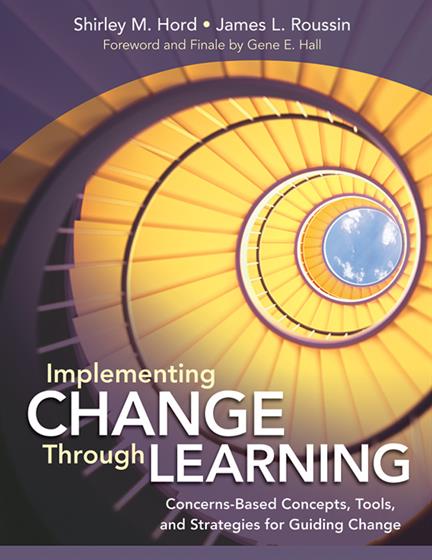Hands-on, Practical Guidance for Educators
From math,
literacy, science, equity, multilingual learners, and SEL, to assessment, school counseling,
and education leadership, our books are research-based and authored by experts
on topics most relevant to what educators are facing today.

Implementing Change Through Learning
Concerns-Based Concepts, Tools, and Strategies for Guiding Change
Foreword and Finale by Gene E. Hall
This definitive guide presents a complete, field-tested program that empowers teachers as partners with their administrators in managing educational reform. Includes supporting materials for change leaders and facilitators.
Product Details
- Grade Level: PreK-12
- ISBN: 9781452234120
- Published By: Corwin
- Year: 2013
- Page Count: 168
- Publication date: March 15, 2013
Review Copies
This book is not available as a review copy.


